The coffee market generates over $100 billion annually, making it the second most consumed beverage in the world, just behind water. It has never been easier to trade coffee from the comfort of your home, and you can start with little money.
This is the definitive article on coffee; you won’t find another with as much information.
Let’s explore how coffee went from a simple shrub in the mountains of Ethiopia to being present in over 2 billion cups that daily supply homes and offices around the world. In addition to your daily cup of coffee, this plant is also found in sodas and medicines.
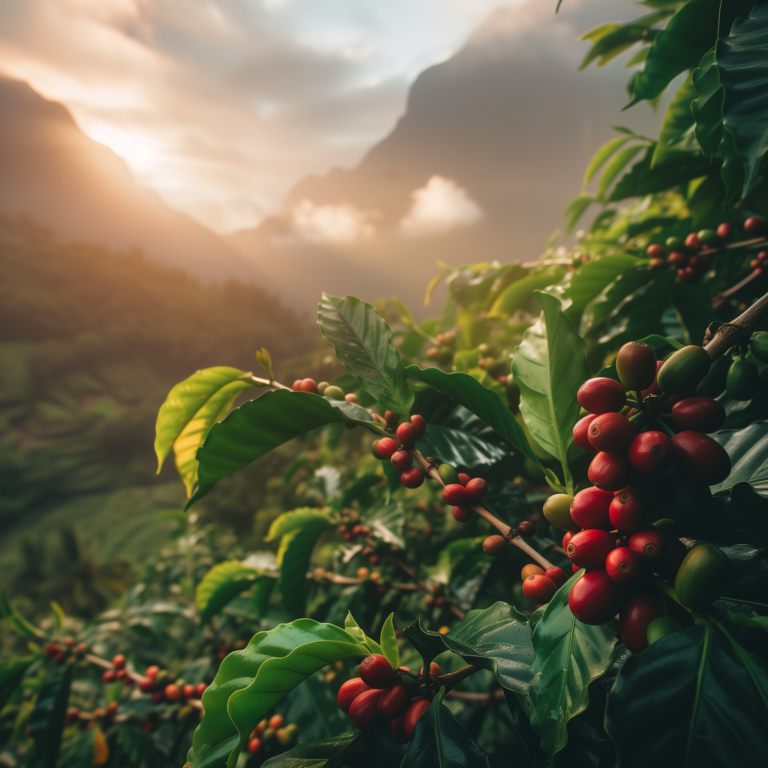
The Gift of Shepherd Kaldi
Coffee had its curious origin in 9th century Ethiopia and today it is the black gold of agricultural commodities, and it was the economic cycle responsible for Brazil’s industrialization. The history of coffee takes us to Africa, in Ethiopia around the year 800. The legend goes that a shepherd named Kaldi noticed the stimulating effect that the red fruits of a shrub had on his goats.
Intrigued by this effect, the shepherd decided to try the fruits himself. He felt rejuvenated and shared this discovery with local monks, who began using the plant to stay alert during nightly prayers.
News of the stimulating properties of coffee spread to other regions of Africa and then to the Middle East, where the drink became an integral part of Arab culture, which abstains from alcohol and saw coffee as a good companion for social and commercial occasions.
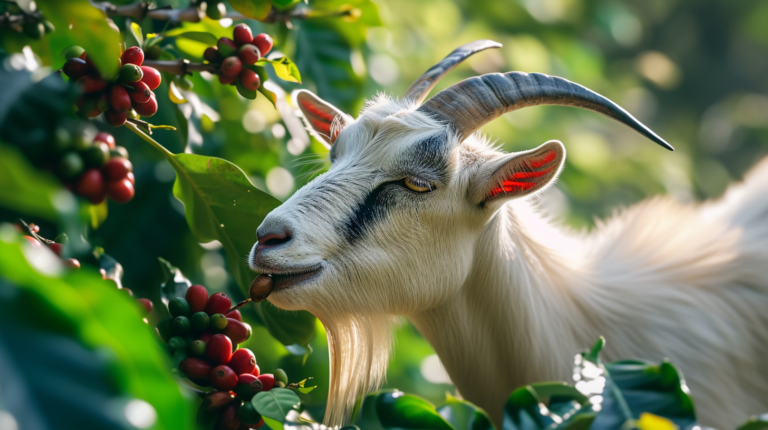
From Trade Routes to the Enlightenment
The very word coffee comes from ‘qahwah’, the Arabic term for wine. In the 15th century, the port of Mocha in Yemen had become a major center for coffee trading, and with the expansion of maritime trade in the 17th century, the drink reached Europe, with the first coffeehouse opening in Venice in 1645.
The beverage quickly became a symbol of sophistication and gained popularity among the elites of Paris, London, and Amsterdam, fueling the Enlightenment philosophers and artists such as Voltaire, Kant, and Beethoven, who indulged in their coffee, with 60 beans per cup.
In the 18th century, coffee reached the American colonies and quickly became a popular drink in North America, leading the British and French to establish its cultivation in the Caribbean and Guyana.
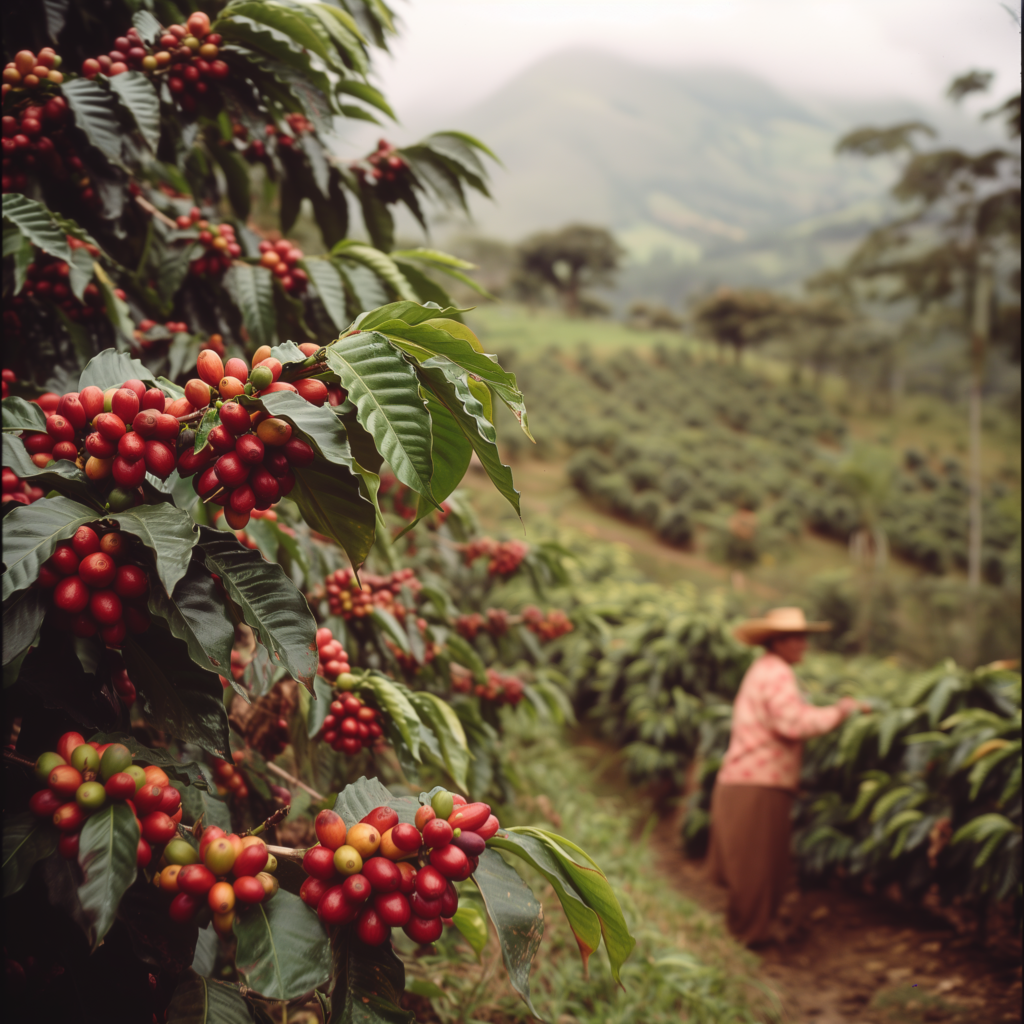
Black Gold: From Africa to Brazil’s Industrialization
And that’s how coffee arrived in Brazil, 300 years ago, through the port of Belém do Pará. The plant is said to have been smuggled by the Portuguese officer Francisco de Melo, after receiving the seeds from the First Lady of Cayenne, Madame d’Orvilliers.
Over the next 100 years, coffee spread throughout Brazil and became the driving force behind national growth. By 1850, the country already cultivated 40% of the world’s coffee, and to this day produces twice as much as the second-place producer, which is Vietnam, followed by Colombia.
Both the Brazilian Empire and the Brazilian Republic depended on coffee farming to sustain themselves, and it is thanks to this seed that the country had the means to build its first factories and railways.
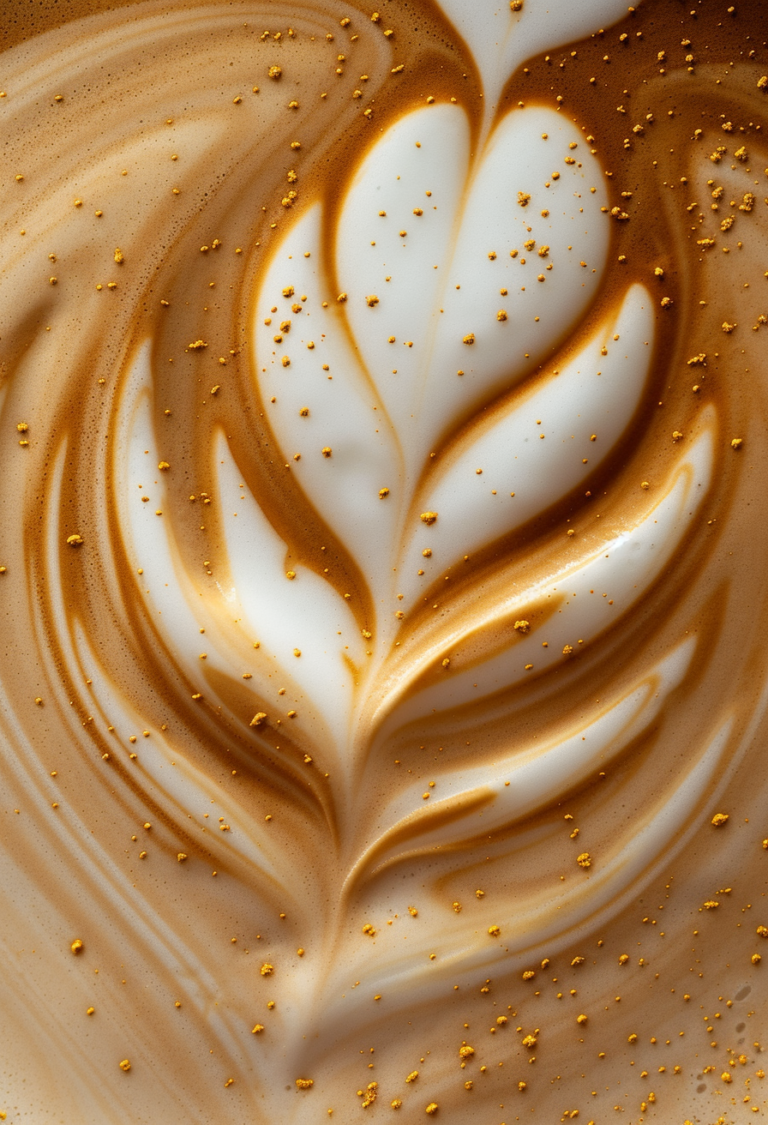
Fuel for the Industry
All to meet the insatiable demand of the world that had become part of the daily lives of workers in the United States and Europe, and had become the energy source of workers in the new industrial cities.
Large-scale production and increasing trade led to the standardization of coffee, such as in quality, grain size, and other parameters, like the 60kg sack, which still prevails today.
Thus, it became possible to establish prices and delivery deadlines for the product, making coffee indeed a commodity subject to the laws of supply and demand and financial speculation. Today, you can buy and sell coffee through your cell phone, and I’ll show you practically how coffee trading works, whether for short-term trading or long-term investment.

Coffee Becomes a Commodity
The New York Stock Exchange played a fundamental role in establishing coffee among speculators. In 1882, the New York Coffee Exchange was created, a specific market for trading coffee futures contracts.
In Brazil, in 1957, coffee futures began to be traded on the São Paulo Commodities Exchange (BM&SP), which allowed producers and traders in the country to protect themselves against price fluctuations, as well as invest in coffee.
This production chain currently ranges from small family producers to large roasting and distribution companies.
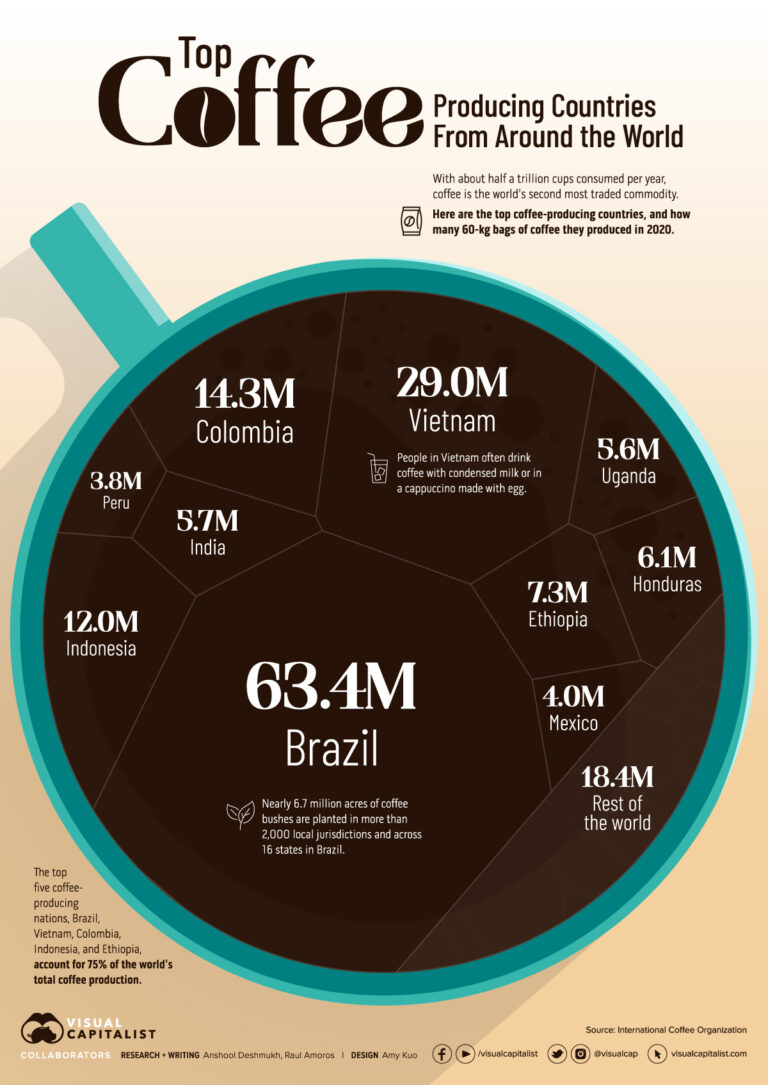
Who Produces and Who Consumes Coffee
In 2022, Brazilian coffee producers alone generated revenues of 55 billion Brazilian reais, and their biggest customers are globally renowned companies such as Kraft, P&G, Nestlé, and Coca-Cola, which absorb over half of the world’s coffee production. They extract caffeine for energy drinks, soft drinks, and medications.
The largest consumers of coffee overall are the United States and Brazil, but in terms of consumption per capita, it’s higher in Northern Europe, with Finns consuming nearly 10 cups per day (don’t try this at home. This article does not recommend excessive coffee consumption, which can lead to heart problems. It also does not provide recommendations for buying and selling coffee, and you should choose the trading platform according to local regulations).
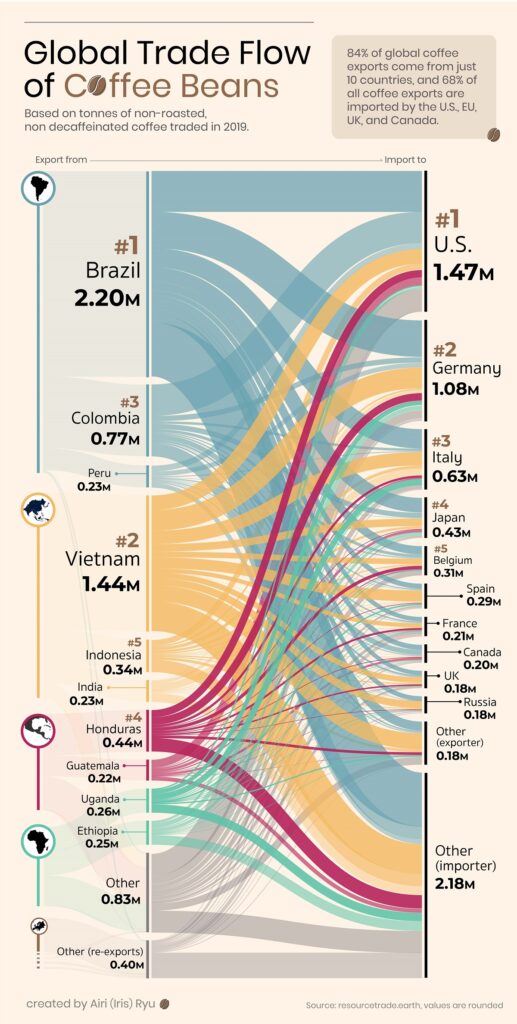
The Starbucks Effect
An average American spends about a thousand dollars a year on coffee, or 20 dollars per week, which is the price of a new iPhone, and its consumption is also higher among young people, due to the so-called ‘Starbucks effect’, which allows charging more for coffee as an experience.
Coffee has played a crucial role in the economy of several countries, especially Brazil, where it drove industry and infrastructure. Today, it is the sixth largest export product of the country, with soybeans being the first, and corn the second.
If you’d like me to write about any other commodity you’re interested in investing or trading, just let me know in the comments, and I’ll be sure to read it.

Coffee: From the Cup to the Financial Market
It’s certain that coffee will continue to be a source of energy for billions of people worldwide, being an integral part of our daily routine, which aligns with the interests of an investor due to the liquidity and volatility that make coffee a great asset to trade in the financial market.
Today, we have simple and inexpensive access to sophisticated financial instruments, allowing us to profit from trading coffee without needing to cultivate or distribute it to profit from this market.
Check out the video I made about coffee with some tips on how to profit from trading this fascinating bean:
>> See also:
